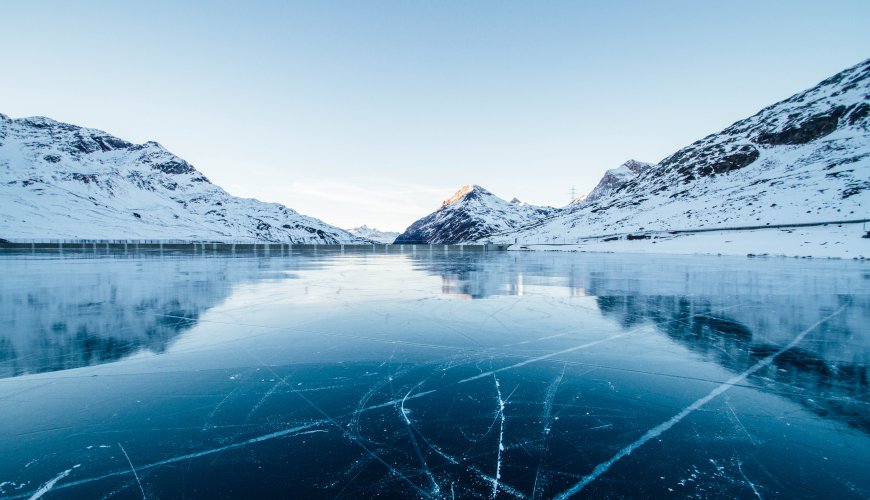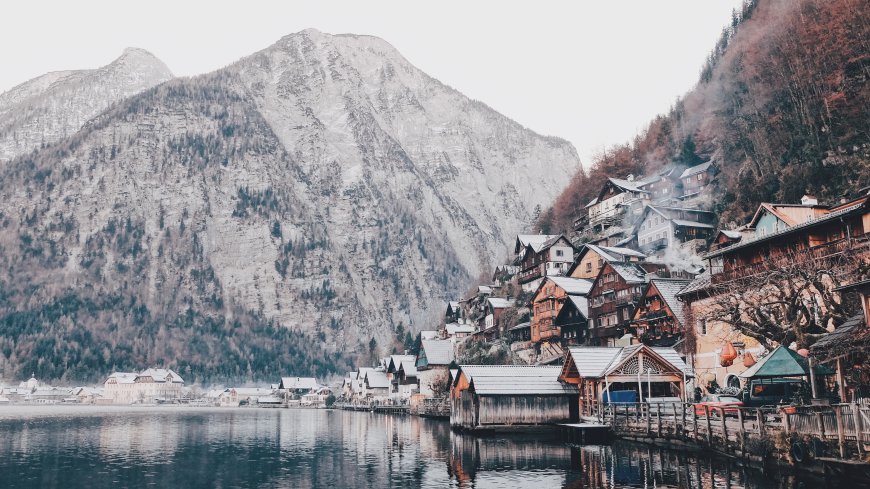Xiaomi Redmi smartphones - top-of-the-line technology at the lowest price
Feb 10, 2020 - Photography
April 18, 2024 6:49am

It is worth knowing how to take pictures in the winter so that they are not dark and gloomy. Although many may think that the season does not affect the quality of our pictures, it is much easier to take a good picture in June or July. How to avoid the most common mistakes? Komputer Świat has developed 10 pieces of advice to make winter photos always a success.
1. start with good technical preparation. We must remember to recharge the camera's batteries, as it is during the winter that the batteries are discharged the fastest. It is a good idea to get an additional battery. If we don't have one, it's better to save battery and not use screen preview. You should also take care of proper clothing and above all gloves.
2 Photos taken in winter may be too dark due to short days. It may also turn out that they are too bright through the snow. Often the cameras do not light up enough, as they read the snow in the background as a big brightening. As a result, the picture comes out grayish and sad. We can avoid this and modify the brightness by selecting the exposure compensation function with a symbol:
This function is not enabled in automatic mode, so you should switch the hardware to, for example, software automation mode. We then compensate the exposure to an appropriate EV value. All we have to do is evaluate the results of our work. In addition, other digital cameras have modes such as the beach and snow - they should help, especially for inexperienced photographers.
3 It often happens that winter photos take strange shades. This is because of the confused automatic white balance. So, if there is to be a lot of snow in the picture, which is exposed to sunlight, it is necessary to take care of the correct white balance.
The color temperature can be changed manually or supported by the RAW recording mode. Thanks to it, the colors will adjust themselves after the picture is taken.
The HDR mode will be necessary if the white background in the picture contrasts with the black (e.g. a person wearing a dark coat in the snow). In addition, we can use other functions that will make sure that the shadows are brightened and properly illuminated. Advanced users should also be familiar with bracketing, i.e. taking three identical photos with different exposure levels. Such photos allow us to create a wide range of tones on the screen of our own computer using the appropriate software.

The problem that may arise when taking a landscape or panorama picture is lack of focus. If you close the aperture more firmly (thus raising it to e.g. f/8.0, you will improve the depth of field. If our camera has a landscape function, we can certainly use it. If the problem is low light, let's take advantage of image stabilization, increase the ISO sensitivity of the sensor. We can also use a tripod to make sure that the picture is not moved.
6. good weather is also very important. Let's leave taking pictures for a sunnier moment of the day. By far the best time of day will be early in the morning. This will provide us with a wealth of colors and delicate hues. No less charming will be the sunset, which will also provide us with original and unique photographs.
7th We can also use artificial light and moonlight to take a winter outdoor photo at night. The best time is when the sun sets. A tripod or other support to ensure stability will be necessary. It is not worth taking pictures in automatic mode. This means we can't control the settings on our own. Similarly, do not use flash. Again, the night landscape function can be very useful in this situation.
8 The moment when the snow has just started to fall gives us a great opportunity to take pictures when fresh snowflakes are on the leaves and plants.
9 Winter aura is conducive to photographing sporting feats. Just set the long focal length. It is recommended to use a short exposure time to freeze movement.
Let us look for signs of winter and inspiration in the objects around us. This could be, for example, a hanging ice icicle, a frozen apple or branches.
© Copyright Vormplatform. All Rights Reserved.